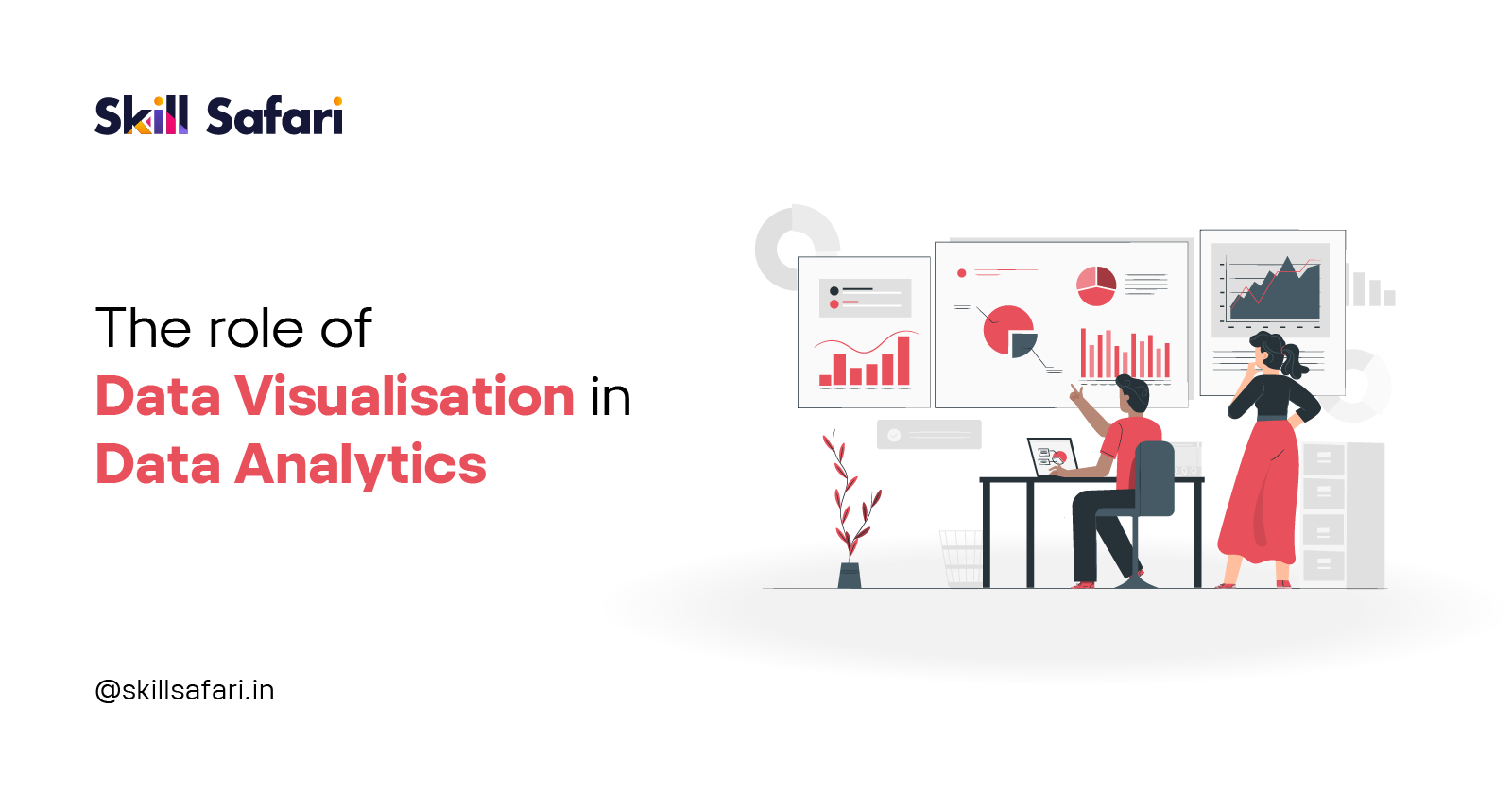The role of Data Visualisation in Data Analytics
 Dheepashri Rajavel
Dheepashri Rajavel
In the realm of modern data analytics, where information is abundant and complex, the role of data visualization has emerged as a vital bridge from raw numbers to actionable insights. In this dynamic landscape, the power of visual representation cannot be overstated. This blog post delves into the captivating world of data visualization and its pivotal role in unraveling the intricacies of data analytics. At its core, data visualization is the art of transforming raw data into visual forms that are easily comprehensible and inherently insightful. It acts as a translator, converting the often cryptic language of data into a narrative that even non-technical stakeholders can understand. As humans, we are inherently visual creatures, and data visualization taps into this fundamental trait, allowing us to grasp patterns, trends, and outliers that might remain hidden within rows and columns of data.
The journey from mere numbers to meaningful insights is a multidimensional process. Data visualization serves as a catalyst for this transformation by providing several key advantages:
Clarity and Interpretation: Graphs, charts, and interactive dashboards distill complex datasets into digestible visual forms. These representations help data analysts identify correlations, anomalies, and trends effortlessly, fostering a deeper understanding of the data's underlying dynamics.
Communication: In a world driven by collaboration and communication, data visualization acts as a universal language. It enables analysts to present findings to diverse audiences, from fellow data experts to executives and stakeholders, fostering informed decision-making across the board.
Discovery: Visualization tools empower analysts to explore data from various angles, encouraging the discovery of novel insights. Interactive visualizations allow users to drill down into data subsets, enabling a more thorough exploration of potential relationships.
Storytelling: Beyond elucidating patterns, data visualization aids in constructing narratives around data. By guiding viewers through visual narratives, analysts can tell compelling stories about market trends, consumer behavior, and more, making data come alive.
Predictive and Prescriptive Analytics: Visualizations provide a tangible platform for predictive and prescriptive analytics, offering a visual playground for modeling scenarios and exploring potential outcomes.
Conclusion:
The role of data visualization in data analytics is not only compelling but essential. It bridges the gap between numbers and insights, transforming data into a powerful tool for decision-making and problem-solving. As the data landscape continues to evolve, those who master the art of data visualization will possess a distinct advantage in turning information into impactful actions. So, whether you're a seasoned data analyst or a curious novice, embracing the art of data visualization is a journey well worth embarking upon.
Subscribe to my newsletter
Read articles from Dheepashri Rajavel directly inside your inbox. Subscribe to the newsletter, and don't miss out.
Written by
